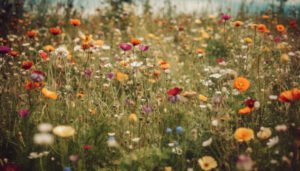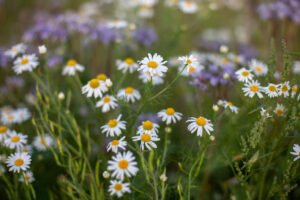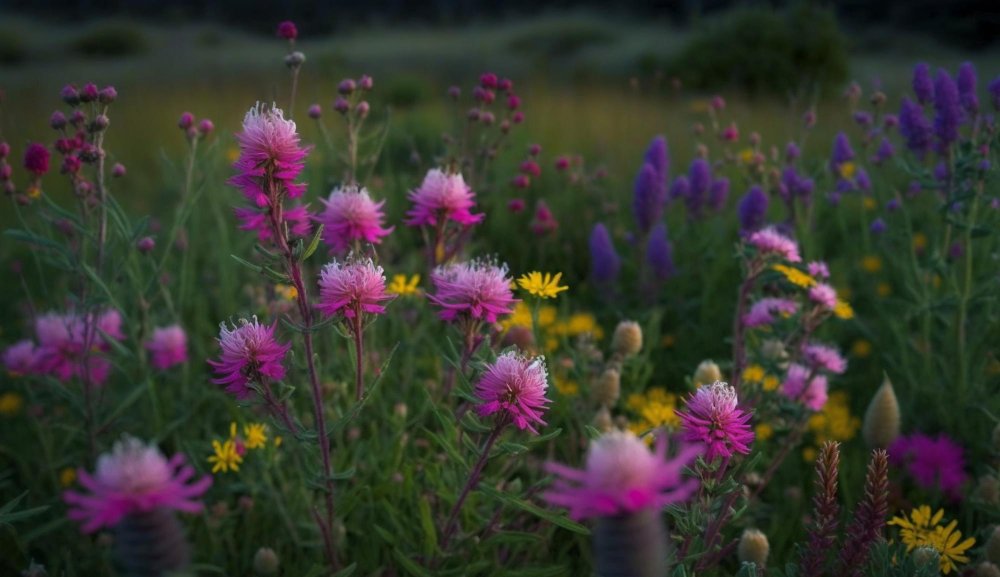There’s something magical about walking through a field of wildflowers—the way the colors dance in the breeze, the hum of bees busy at work, and the feeling of being completely immersed in nature. What if that magic could be brought into the garden outside your door? Creating a wildflower meadow is not only achievable but also one of the most rewarding projects to take on in your lawn & garden. This guide will walk you through the process, offering practical gardening tips to help you succeed.
Why Choose a Wildflower Meadow?
A wildflower meadow is more than just a beautiful addition to your outdoor space. It’s a haven for pollinators like bees, butterflies, and birds, supports local ecosystems, and requires far less maintenance than a traditional lawn. It’s also an excellent way to add a natural, wild charm to the garden, transforming unused or neglected areas into vibrant, living landscapes.

Step-by-Step Guide to Planting a Wildflower Meadow
1. Choose the Right Location
Most wildflowers thrive in sunny spots, so select an area in your garden that receives at least 6 hours of sunlight daily. Clear the area of existing grass or weeds to give the wildflower seeds the best chance to grow.
2. Prepare the Soil
Wildflowers aren’t picky, but they do best in well-drained soil. Loosen the top layer of soil with a rake or tiller, and remove any large debris. Avoid fertilizing, as wildflowers prefer nutrient-poor soil.
3. Select Your Wildflower Seeds
Choose a mix of native wildflower seeds suited to your region. Native plants are adapted to local conditions and will thrive with minimal effort. Pre-mixed seed blends designed for wildflower gardens are available at most garden centers and make the selection process easy.
4. Sow the Seeds
Scatter the seeds evenly over the prepared soil. For better coverage, mix the seeds with sand before spreading. Lightly rake the area to ensure good seed-to-soil contact, but avoid burying the seeds too deep.
5. Water and Wait
Water the area gently to moisten the soil, and keep it damp until the seeds germinate. Once established, wildflowers are drought-tolerant and require little watering.
6. Maintain Your Meadow
In the first year, remove any invasive weeds that compete with the wildflowers. After that, the wildflower meadow will largely take care of itself. Mow or trim the meadow once a year in late fall to encourage new growth in the spring.
Bonus Gardening Tips for a Thriving Garden
While working on a wildflower meadow, it’s easy to get caught up in the excitement of outdoor projects. Here are a few additional tips to keep in mind:
a) Create a path: Add stepping stones or a small path to make the wildflower meadow accessible and inviting.
b) Balance it out: Balance the wild, natural look of the meadow with neatly trimmed lawn edges for a polished finish.
c) Indoor plant care: Don’t forget indoor plants while focusing on outdoor projects. Ensure they receive enough light and water, and rotate them periodically for even growth.

Bring Nature Into the Garden
Creating a wildflower meadow is a simple yet impactful way to enhance your lawn. It’s a project that benefits the gardener and the environment, offering a burst of color and a haven for wildlife. With these tips, transforming a patch of land into a thriving wildflower paradise is within reach.
And while enjoying the beauty of your outdoor space, don’t neglect indoor plants—happy plants make for a happy gardener!

Have you started a wildflower meadow or are you planning to? Share your experiences in the comments below or message us! Let’s grow together!
